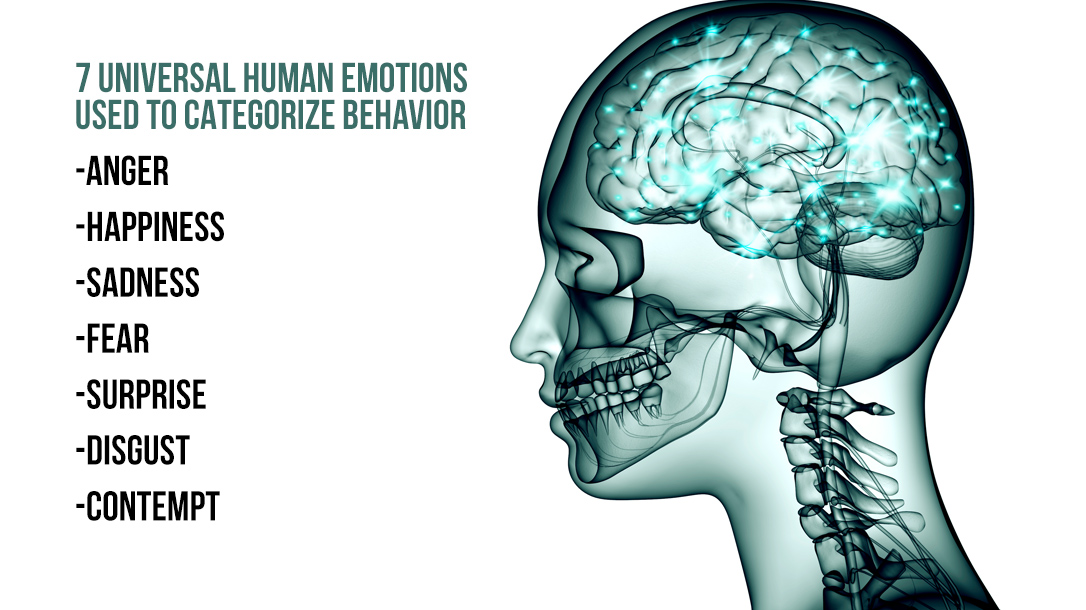How to tell when someone is lying has challenged the human species for generations. Many misconceptions and fallacies exist when it comes to understanding human behavior and nonverbal deception. In this article I will discuss this complex subject through the lens of a former federal agent. I’ve sat opposite nefarious criminals and have subsequently developed a comprehensive Hybrid Behavioral Analysis Detection of Nonverbal Deception Interviewing Course.
Baseline Behavior and How to Tell if Someone Is Lying
In the world of behavioral analysis, baseline observations are the totality of observing nonverbal attributes absent the introduction of stressors and triggers. We start interviews with subjects with rapport building and seeking out “bridges” of commonality that we may have. Examples would be past experiences playing a particular sport in high school or hobbies. These rapport-building conversations are usually “friendly” conversations without stressors. Calibrate baseline measurements during non-confrontational conversation. Slowly start to use incremental stressors or triggers. That’s when it gets interesting!
What do professional interviewers look for with respect to nonverbal deception? We can start with some simple attributes: eye-blink rates, hard swallowing, facial hand rubbing, yawning (after baseline), and hair twirling. If you did not observe facial touching, acute and accelerated eye-blink rates which have increased since the baseline, your interviewee is probably under stress or exhibiting some nonverbal deception. Also, it’s important to note that when the human brain is under stress, the brain temperature rises. An example is when a person perspires on their forehead or upper-lip area of the face. The touching of the face is a “pacifier” and has a calming effect on a brain under stress.
Blended Facial Expressions
A blended facial expression is a facial expression that registers more than one emotion. In addition, a micro-expression is a very brief “flashing” of an emotion across the human face. There are seven universal human emotions to categorize behavior:

In the blended facial expressions exhibited by humans, the top hemisphere of the face is the primary expression. The lower expression is secondary. In the case of contempt and happiness, contempt appears in the upper hemisphere and happiness is in the lower hemisphere. How many of you have heard the phrase “what a two-faced” person he or she is?
As you analyze such a blended facial presentation, you also observe that the subject is smiling at you with the mouth. The upper facial quadrants disclose the true, underlying emotion this person is feeling—contempt—which I can safely say is not a positive scenario.
Blended expressions can be quite difficult to decipher for the layperson. Unquestionably, how to tell when someone is lying to you can be a valuable skillset! Learn more by listening to our weekly podcast, Skillset Live!
About the Author
Roger Strecker, Sr. is the Managing Partner of Ternion Risk Mitigation Group, LLC. TRMG is made of subject matter experts with government, law enforcement and intelligence service experience. Mr. Strecker is a former police officer and federal agent with over 32 years of experience.






















